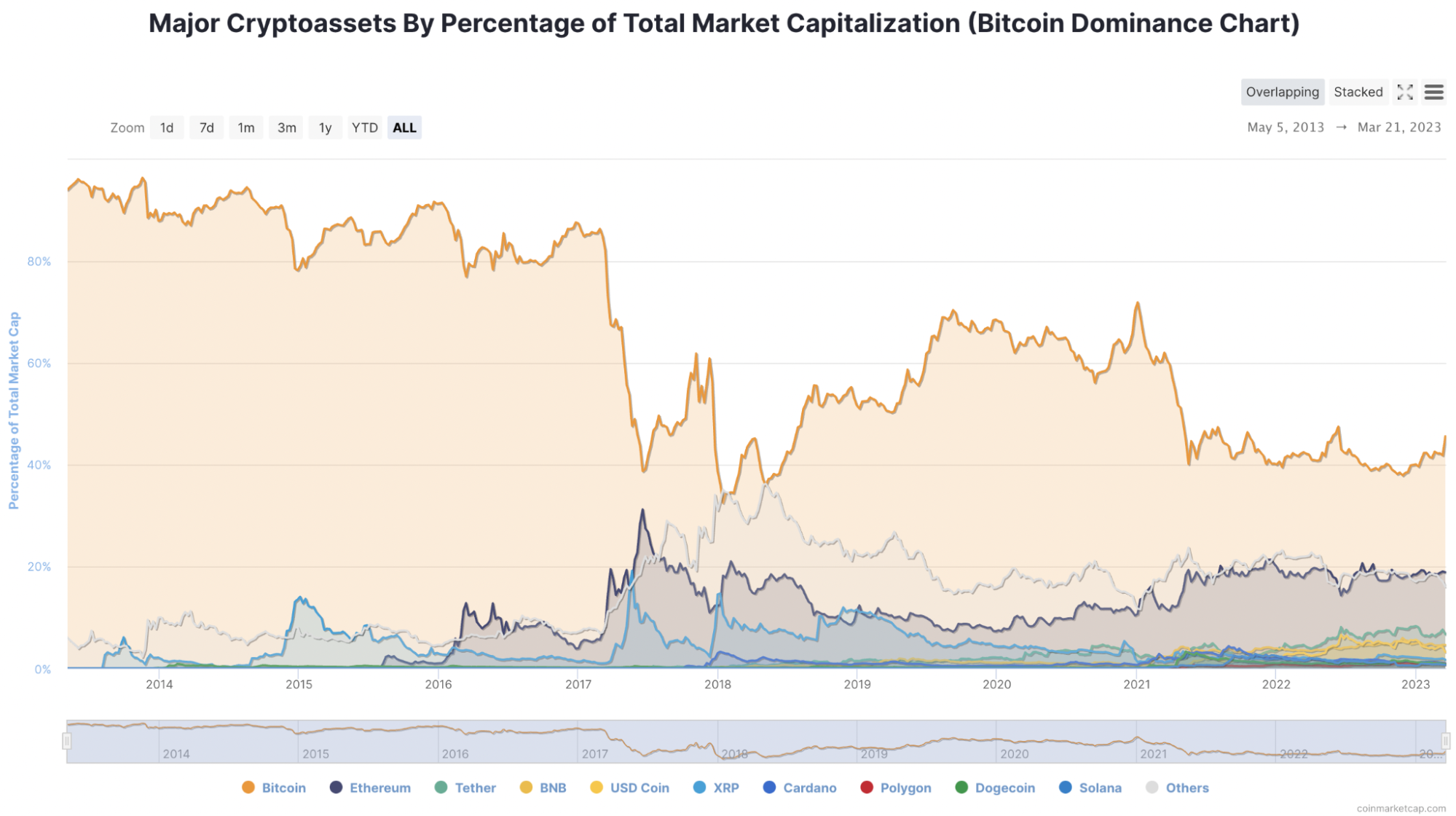New e-book from the BSV Blockchain Association tackles the fallacy of permissioned private blockchains

Bryan Daugherty, Global Public Policy Director at the BSV Blockchain Association, has written a new e-book explaining the fallacy of private, permissioned blockchains.
The e-book is free and is available here. In it, Daugherty addresses several myths about public blockchains, explains why they are more secure than private, permissioned blockchains, and paints the big picture of why we need to go back to the original Bitcoin protocol released by Dr. Craig Wright in 2009.
The following is a sneak peek at what Daugherty covers in the e-book.
The complex problem of the internet’s walled gardens
It is easy to make simple complex, but it is very difficult to make complex simple. He who can make the complex simple is a special person. – Chanakya
Daugherty begins by explaining how, as the utility of the Internet began to emerge (post-bubble), governments and businesses came online and built systems focused on themselves and their individual entities.
This complex web of services and tools was incompatible with others. This architecture is flawed, and that has become more apparent as the volume and nature of Internet exchanges has increased. Specialized platforms like Amazon (NASDAQ: AMZN ), Google (NASDAQ: GOOGL ) and Facebook (NASDAQ: META ) have emerged to make things easier.
Building giant walled gardens (with the aim of not having to interact with other applications) has created huge monopolies, giving these companies almost unchecked power.
A simple solution: a natural digital cash system for the internet
A native digital cash system for the internet, as Bitcoin was designed to be, is the solution to many problems created by this complex web of systems. Bitcoin is the first cash system that can scale to support global trade transactions.
Due to its design, Bitcoin allows for real-time accounting, micropayments, and extremely low fees that get lower as the system scales.
However, Bitcoin has been widely misunderstood, so many governments and businesses have chosen to create permissioned blockchains that only allow approved participants to access the ledger.
Bitcoin’s security depends on the ledger being public
Daugherty explains how the decision to use permissioned blockchains comes at the expense of security and unnecessary complexity.
Ironically, he explains, the best security model is to keep everything in the open. This does not mean publishing sensitive data to the public blockchain, but rather putting data signatures, hashes and indexes on the chain. These are immutable, and if someone tampers with them, they will be visible to everyone.
The reality of permissioned blockchain for businesses and governments
What is the reality of permissioned blockchains? Basically, they are no different from the current setup. Data is stored by the same controlling entities and can be manipulated, multiple ledgers or sets of ledgers can run in parallel, and entities must trust the permissioned blockchain’s codebase.
This removes the very factors that make Bitcoin so secure: transparency and accountability, a fixed set of rules and immutable publication of information on a public ledger.
Finding the truth via public blockchain
Daugherty also covers the main reason for Bitcoin’s existence: the truth. “This is what Bitcoin was made for,” he writes. Once the truth is recorded, anyone can build on it.
Bitcoin also eliminates the need for intermediaries, just as Satoshi Nakamoto said earlier. Right now intermediaries are required because two parties trading do not trust each other, but with Bitcoin they can trade on the public ledger of truth. Since most corruption comes from middlemen, this will benefit everyone.
Permissioned blockchains are a step back from relying on third parties and intermediaries. By not understanding this, governments and businesses are missing some critical aspects of why blockchains work.
For a more detailed look at these issues, download the full e-book by BSV Blockchain Association’s Bryan Daugherty via this link.
See: BSV Blockchain: A World of Good
width=”562″ height=”315″ frameborder=”0″ allowfullscreen=”allowfullscreen”>
New to Bitcoin? Check out CoinGeeks Bitcoin for beginners section, the ultimate resource guide for learning more about Bitcoin – as originally envisioned by Satoshi Nakamoto – and blockchain.

























